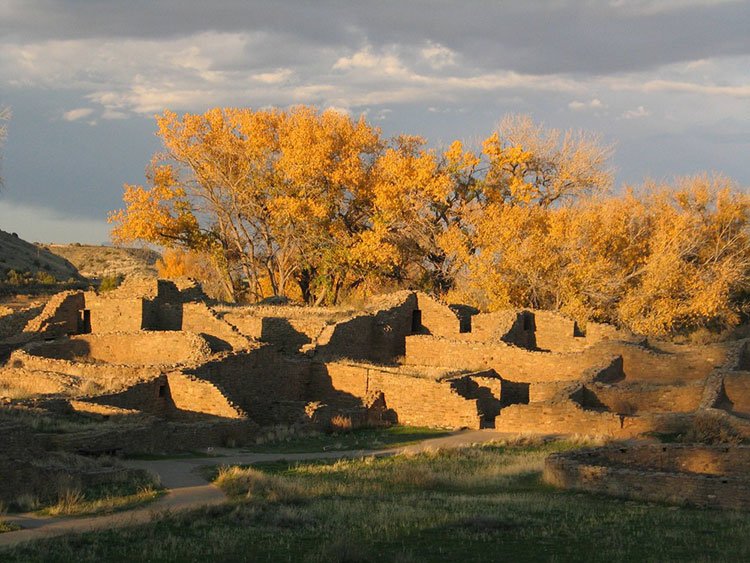Aztec Ruins National Monument contains some of the most remarkably well-preserved ancestral Pueblo architecture in the Southwest. The 900-year-old planned community is monumental in scale, in its individual structures as well as its designed landscape. This community is characterized by many features: a planned symmetrical layout; a unique complex of architectural features, including rare multi-walled structures; and T-shaped doorways. There are original wooden roofs in dozens of rooms, and the tree-ring research has enabled this to be the best-dated among the ancient Southwest sites. The most significant experience for exploration is the restored Great Kiva.
The high integrity and importance of the site were globally recognized in 1987 when Aztec Ruins National Monument, along with Chaco Culture National Historical Park, were together designated as a World Heritage Site.
A strong regional influence from AD 1050 to 1280, most researchers and archeologists agree that this place became the new Center Place for trade, spiritual traditions, and administration, replacing Chaco Canyon and its influence. Today this place endures in the lives and culture of all the Pueblo Nations along with other American Indian people of the Southwest.

